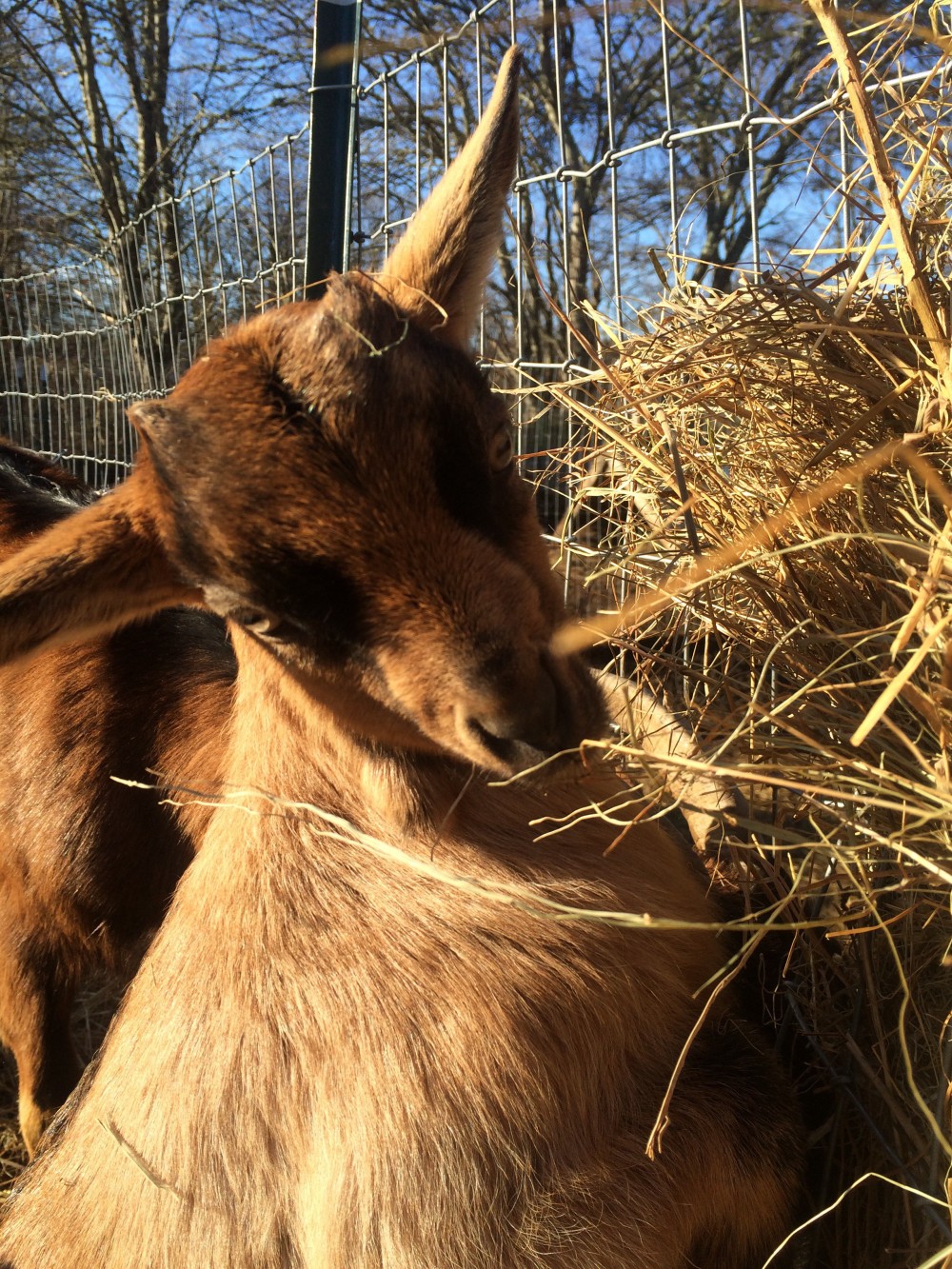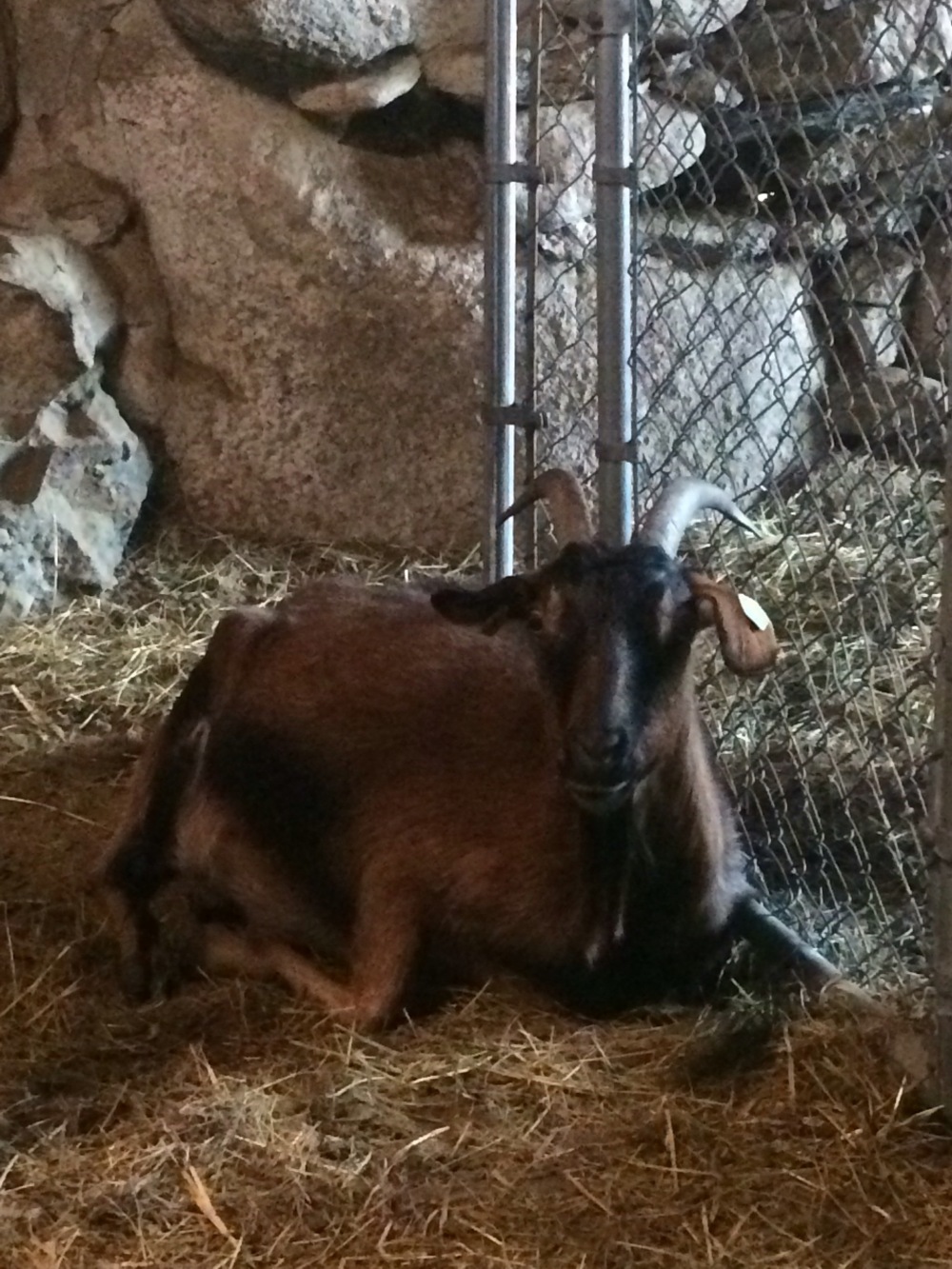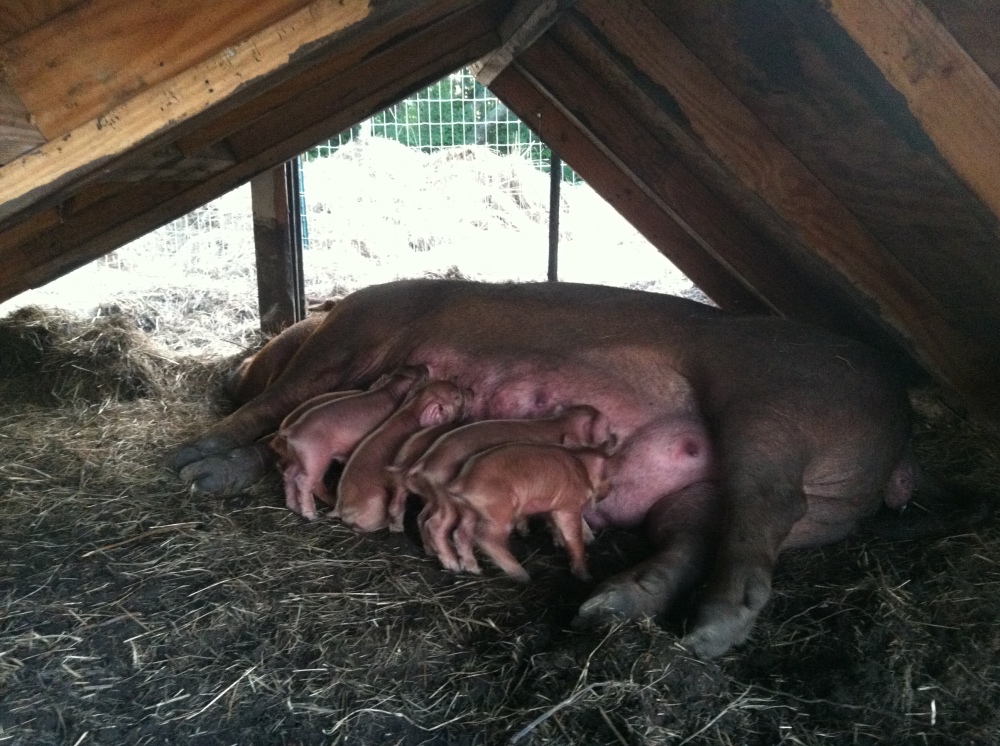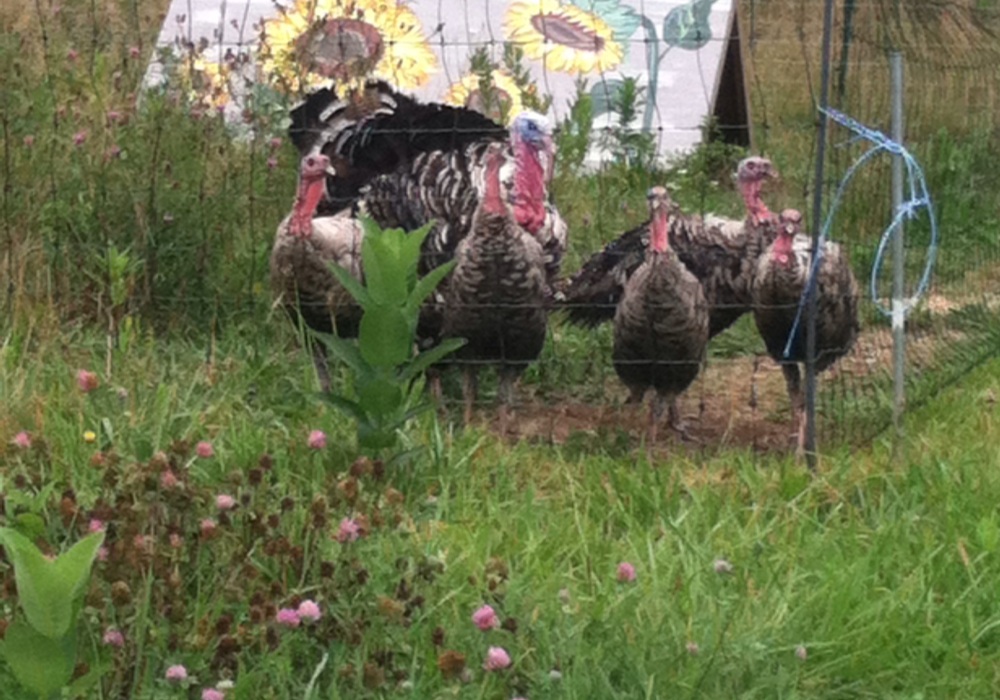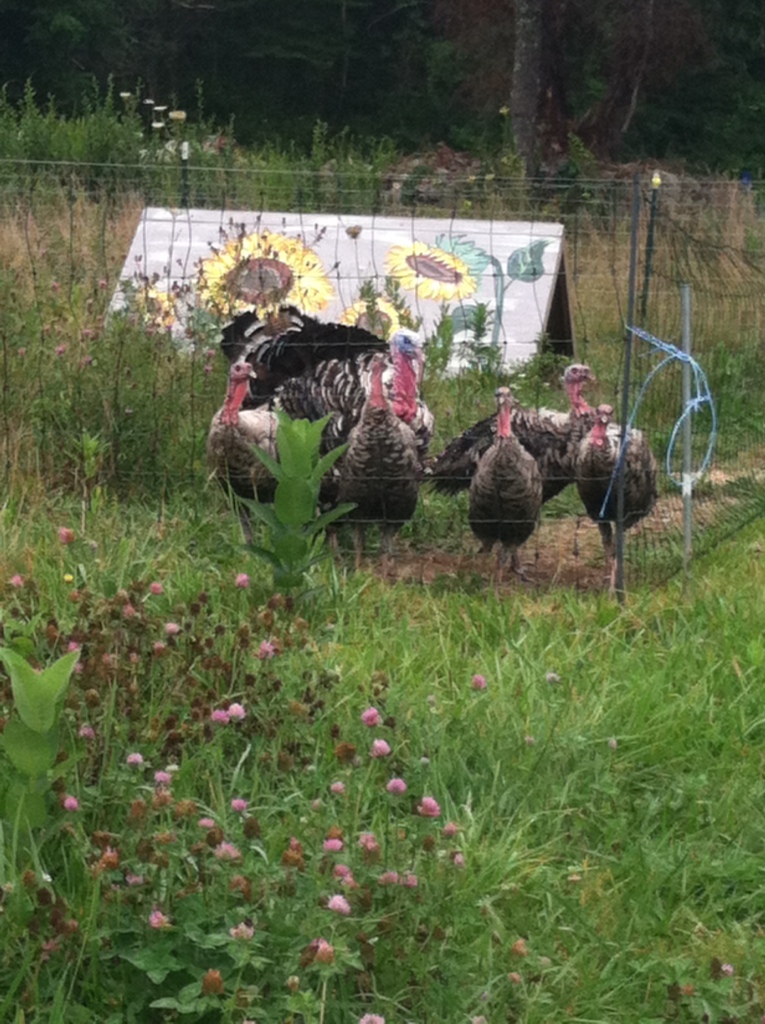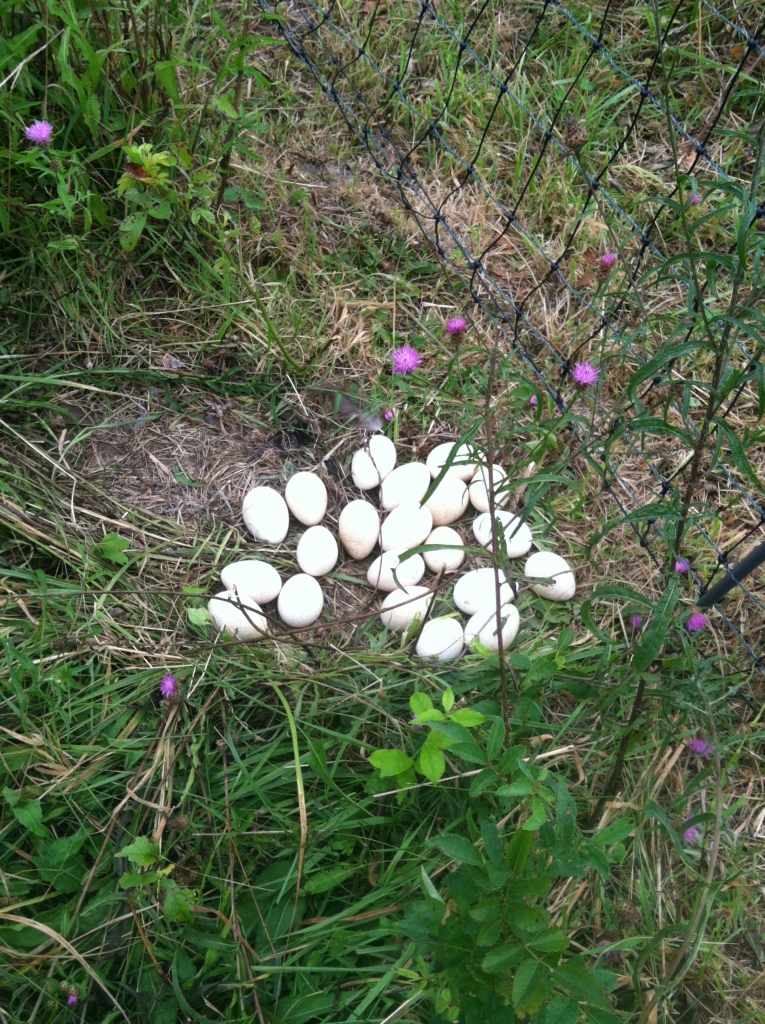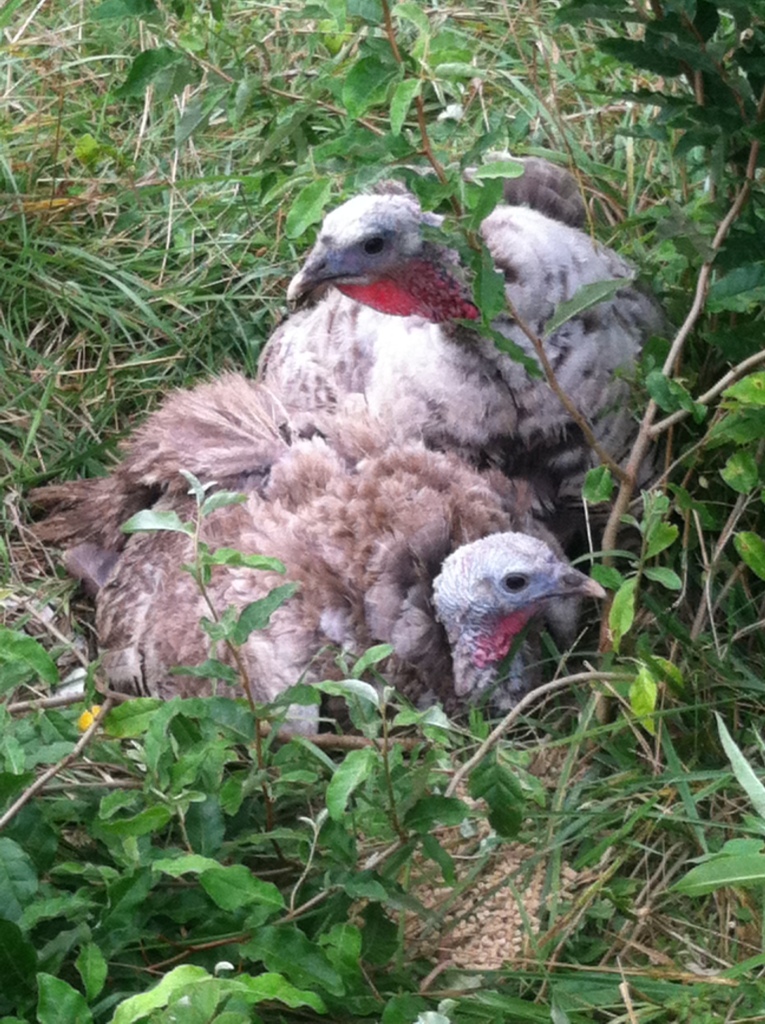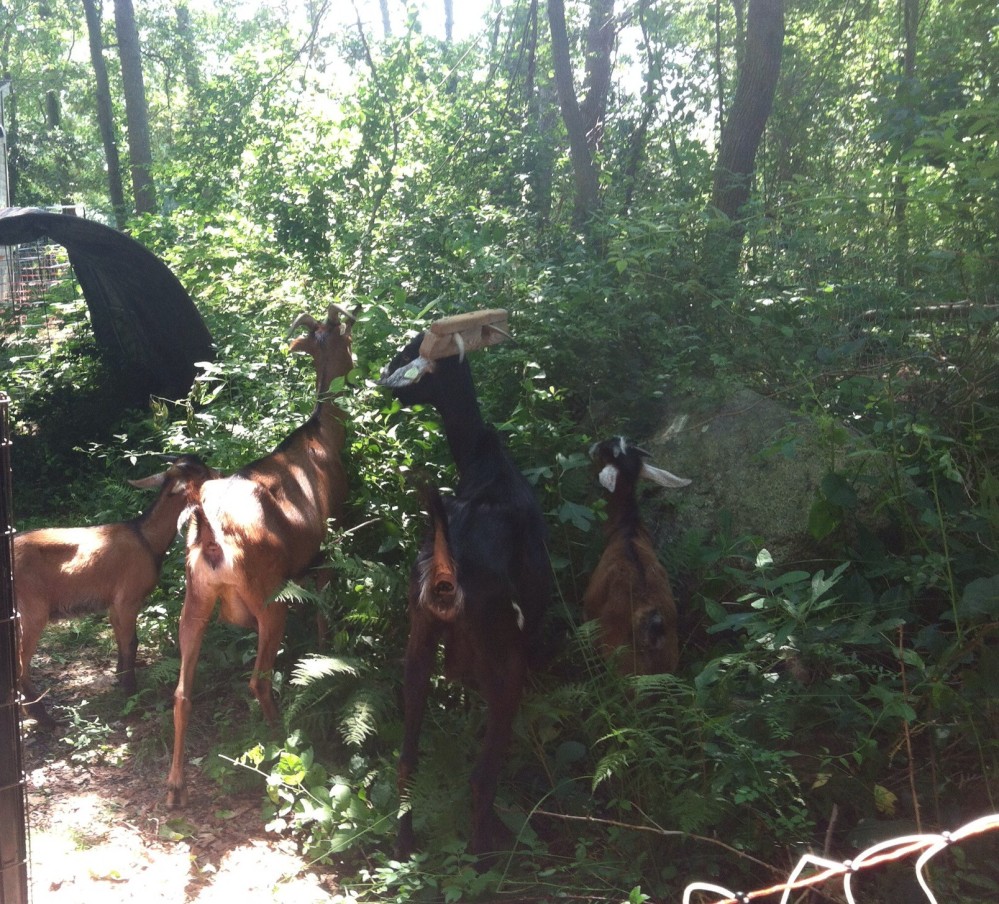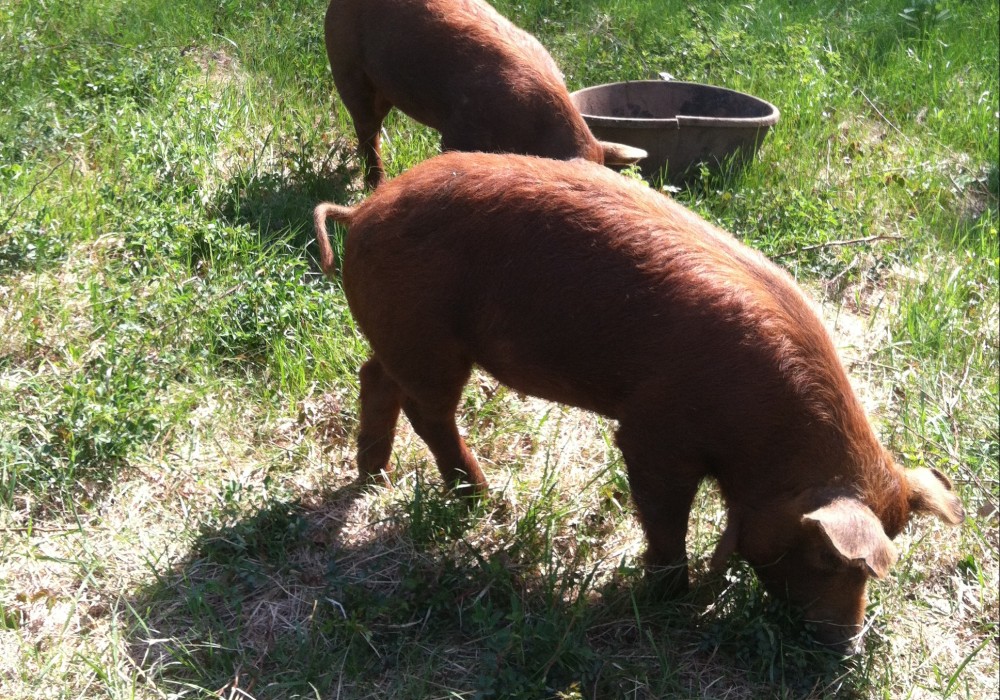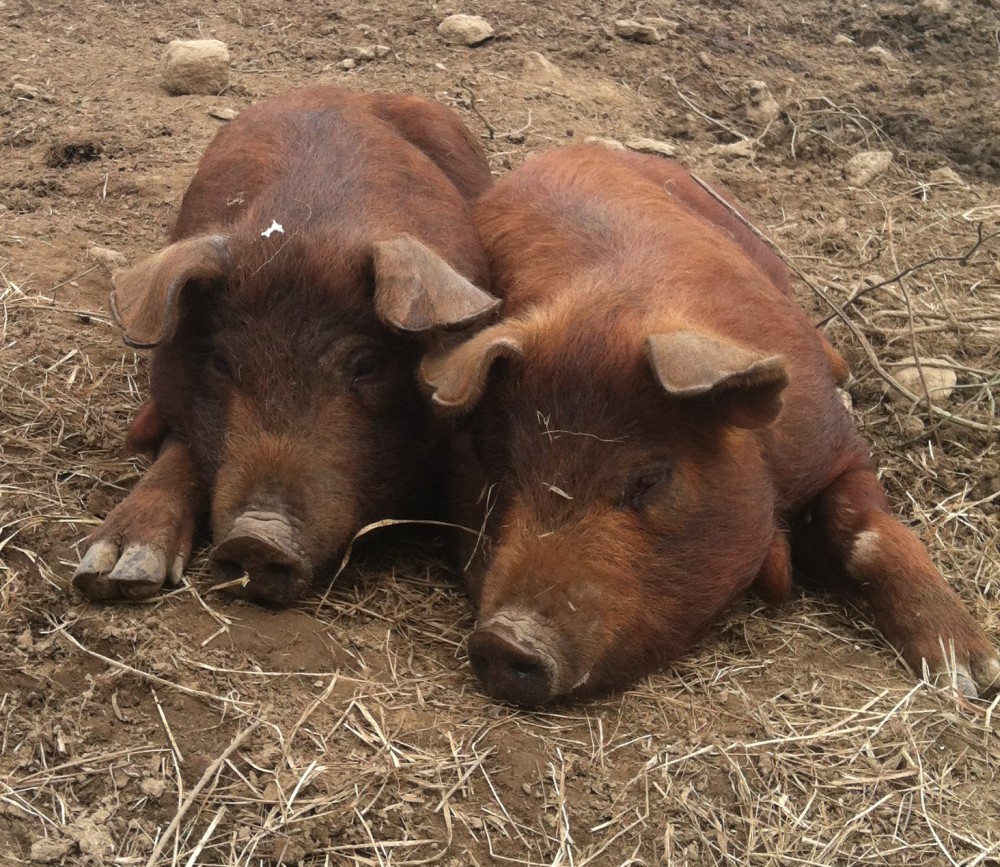I can’t tell you how many times, when asked what we do here at Silk Tree Farm, someone will say “I think what you do is great but I don’t want to meet my meat.”
Many of you who know me know how much I love food and love to cook. As my love for cooking grew, so did my knowledge about where my food came from. The more I learned the less I wanted to feed myself and my family factory farmed food.
We always had a small vegetable garden so for a very short time I made Meatless Monday an everyday event, but we missed having meat in our diet. At that point, I purchased 1/4 side of beef and 1/2 of a hog from a local farm. My lack of skill in cooking healthy farm raised meat had me serving overcooked meat for a little while, but once I got the hang of cooking it we couldn’t believe how much better it was. It was so much better than what we were used to buying from the store. It was amazing how the meat not only tasted better, but I felt better eating it and I knew I could never go back.
We all want to eat good food but for me, I really wanted to know that the food I was eating was raised in a healthy happy environment.
I fell in love with farming after getting a couple of dairy goats so I could make cheese for my family. It wasn’t too long after the goats arrived that we added a few laying hens. This is where I really began to connect with my food. It was as simple as watching my chickens peck at the grass. I remember an afternoon we had a storm and no one was home. The chickens had been free ranging in the yard and the wind had blown the door to the hens’ coop shut so they couldn’t get back inside. It was very windy and raining really hard and I found them huddled in front of the coop door. It took a week for those hens to start laying again because they had been so distressed. From that day on we always secured the coop door so it couldn’t shut unless we shut it. Then we ordered a few meat birds and I went through the process of raising them, feeding and caring for them every day. When it came time to process them we took them to a friend’s farm and they taught me how to process them. Although this was very hard for me, I became more connected to my food and to the responsibility for these animals. We do our best to provide these animals with calm, happy and stress free lives. There is nothing better than watching my goats grazing out on the pasture or my pigs rooting in the field. When we go out to their pastures they come running happily to us. They know that we provide them with food and water and love every day.
People ask me how it is that I can eat the food I raise. I won’t tell you it is easy but I eat meat and if I am going to eat meat I want to be responsible for that choice. I want to know that it was raised in open air and sunshine. I want to know that it had a good life. I want to know that it ate the food it was meant to eat, had fresh water and clean bedding. I believe that the positive energy we put into the people, animals, and the work we do in our lives comes back to us.
When eating an animal that I have raised, I also believe in honoring and being conscious of that animal’s life. I don’t waste anything. We eat all cuts of the meat. I render the lard from the pigs and use it. I also don’t feed my family as much meat as I did when I bought it in the stores. I add meat to our meals but it isn’t always the main component. I can remember years ago buying family packs of chicken breasts at the grocery store. I don’t eat like that anymore. If I cook a chicken we eat the legs and thighs, we make chicken salad for lunch, and then use whatever is left to make chicken stock.
As you know, we also raise Spanish Goats. They are a meat breed which is listed on the Slow Food USA Ark of Taste. You can read about it here. We have amazing goat sausage available. Our goat sausage averages about 95% lean. This is leaner than most chicken or turkey sausage yet it is tender and juicy and has a texture closer to pork sausage. It comes in Sweet Italian, Cajun, Breakfast and Kielbasa links.
We have Red Wattle pork. Red Wattle pork is also listed on the Slow Food USA Ark of Taste. You can read about it here. These pictures show our first meal. I cooked these chops very simply: salt & pepper, a drizzle of olive oil, and a fresh sage leaf pressed into each side of the chops. I then seared them in a hot cast iron skillet about 3-5 minutes per side depending on the thickness. Then let them rest for about 10 minutes.


Silk Tree Farm now has our heritage breed meats available for purchase from our farm. Along with letting you know what meats we have available, I will also try to start posting recipes on how to cook each cut of meat.

